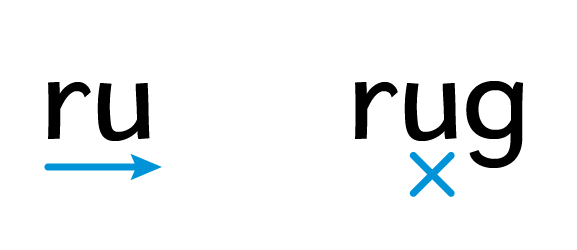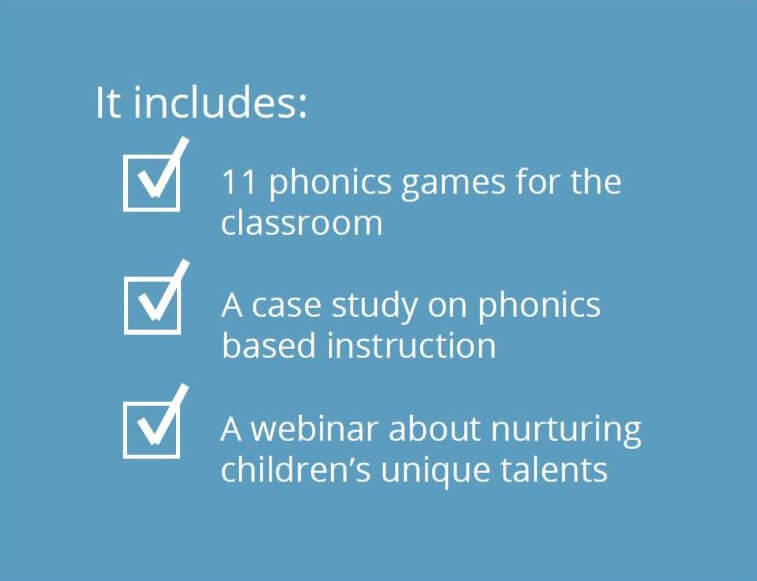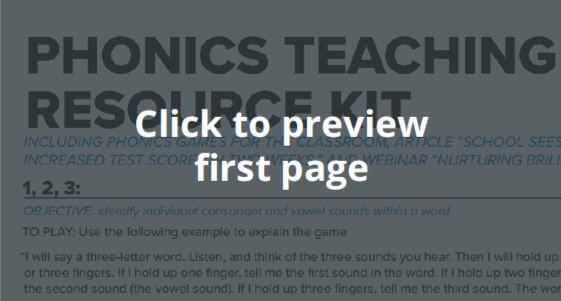Teaching Phonics to Young Children
Teaching phonics to young children begins the transition from verbal language to print.
B y the time they are preparing to enter kindergarten, most children have the vocabulary to communicate fairly effectively using complete sentences.
Moving from spoken language to written language, however, presents new challenges for young children that must be addressed before reading can occur.
An introduction to reading should include three areas:
Cognitive Clarity
Concepts of Print
Phonics
Teaching Phonics to Young Children
A lthough there is no research that indicates a specific order in which letters of the alphabet should be taught, there is general support for the alphabetic principle. Some recommendations for effective instruction include:
Letters and sounds should be taught in an organized sequence and introduced in small groups to allow practice and mastery.
Common consonants and short vowels should be taught early because they are necessary for simple words.
Letters that look or sound similar should be separated to reduce confusion.
F or grades 1 - 3, the Reading Horizons method incorporates these practices by teaching the letters of the alphabet in five letter groups, each with one vowel and four or five consonants.
For Kindergarten, the letters are taught one letter at a time in the same sequence. Each lesson teaches the name, sound, and letter formation of the vowel and the small number of consonants in the group.
Learn more about the importance of Early Literacy from our other resources on the subject.



